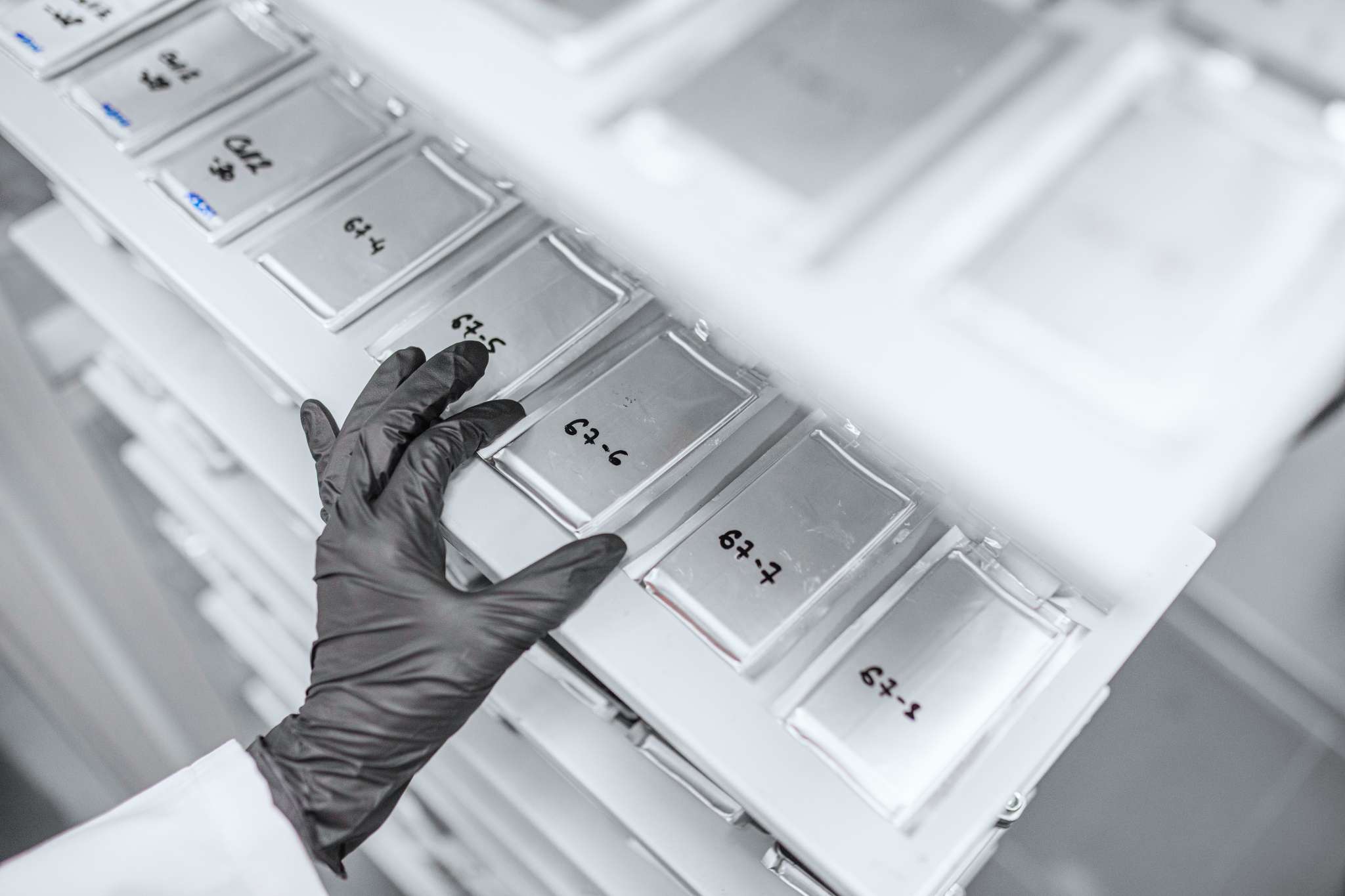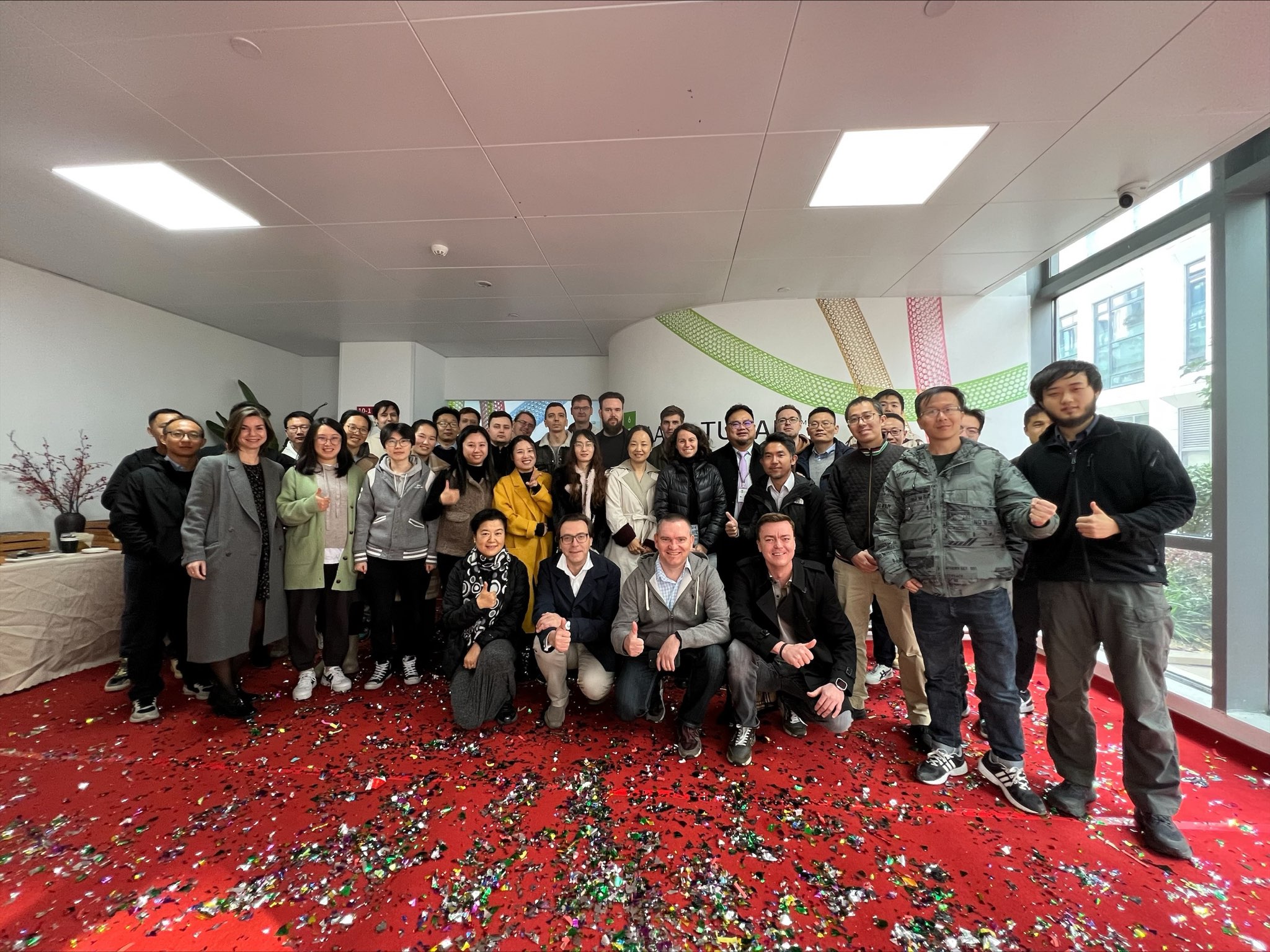- OCSiAl’s dispersion laboratory in Shanghai has expanded its area by over 50% to accelerate the development of graphene nanotube products and their industrial production to meet the growing demand from the lithium-ion battery, elastomer, and coatings markets.
- State-of-the-art equipment will enable 4-times quicker pilot trials, product optimization processes, and adjustment of formulation prior to mass production.

OCSiAl has launched additional pilot production lines for batteries, elastomers, and coatings and expanded its Shanghai laboratory area to 330 square meters. Leveraging industrial-grade high-pressure homogenizers for scaled-up production trials and other new advanced equipment, the company is now able to produce new suspension samples tailored to customer requests for quality control tests and to deliver samples within a remarkable 1 to 2-week timeframe, a fourfold acceleration from what was previously possible.

The upgraded pilot production site allows for even better optimization of formulations and processing parameters before scaling up trials. “The industrial-grade high-pressure homogenizer can carry out up to 300 kg/batch TUBALLTM BATT H20 and TUBALLTM BATT NMP suspension production trials, verifying the scaled-up production technology. This batch size aligns with the volumes required for testing by our partners to develop new Li-ion batteries, particularly for the EV market,” said Owen Zhang, Technical Director of the Shanghai laboratory, OCSiAl Group.

Beyond battery solutions, the Shanghai lab has expanded its focus to nanotube products for the elastomer and coatings industries. TUBALLTM LATEX addresses market demand for anti-static latex gloves and other personal protective equipment (PPE) with ESD protection and touchscreen functionality but with sustainable durability and mechanical properties. James Yu, Sales Director for Great China and Southeastern Asia, reflects on the newly launched production line for TUBALLTM COAT_E driven by the demands of the film coating and adhesive market: “Permanent, stable electrical conductivity, maintained color and transparency exceeding 85%, preserved mechanical strength, and minimal impact on viscosity—all achieved with graphene nanotubes—fully aligns with market requirements.”

Since the launch of the lab, six new products have already been developed and transferred to mass production at an OEM plant. In addition, four more have shown positive testing results and are awaiting scaling up from the lab to the industrial level. Almost 200 samples have been sent to more than 70 customers across Asia-Pacific, Europe, and the USA. The lab’s equipment and the team’s expertise create an opportunity to extend trial production of tailored nanotube solutions, aiming to foster a stable supply chain for the global market.
